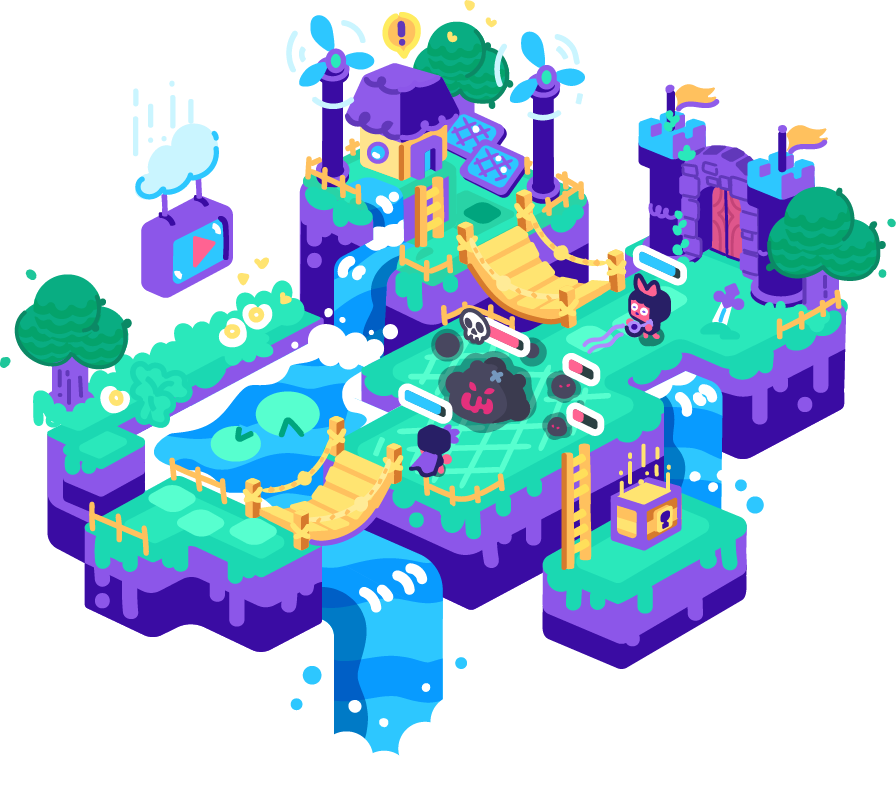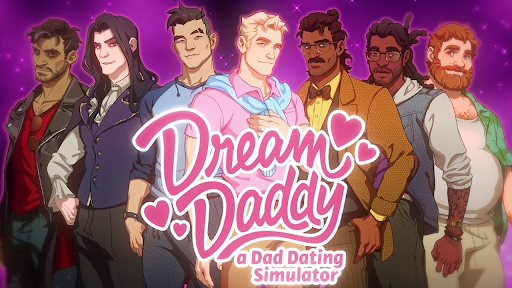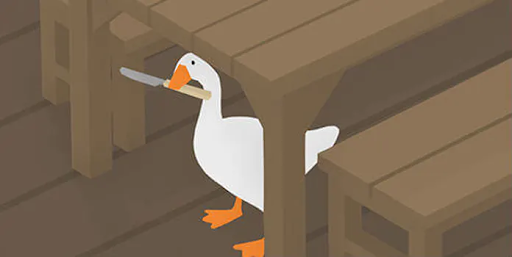Welcome to the third Play Games, Save the Planet! This is our somewhat-regular where we rave about great games that support good causes, depict the climate fight in interesting ways, or have a fantastic message. This week, thanks to the excellent Twitter account Plant Based Gaming, I found a delightful demo that’s well worth your time. Upcoming green-em-up, Terra Nil.
The game’s steam page describes it as ‘a reverse city builder’. To my initial disappointment, this doesn’t mean it’s a game where you play a city trying to build a person. No, This is all about restoring a tarnished environment and going even further until it’s a tropical paradise. Like transforming an oil spill into a kitten made of hugs, but more scientifically plausible, and less like the kind of example you come up with when you write the Climate Replay blog post at 4am again.

As someone who often replaces the word ‘hello’ with ‘I failed to find the bathroom in time’, I’m not one to judge when it comes to making a bad first impression. Good thing too, because Terra Nil starts you off with a barren wasteland that looks more like the start of an early Fallout game.
Luckily, this doesn’t last long. Lay down a turbine to get some wind power, then place a toxin scrubber and voila:

Marvel as all that dirt becomes less dirty! I mean… more dirty? Wait, that sounds even worse. Let’s go with ‘detoxified’. Trust us when we say that watching all that sickly grey turn into beautiful brown is immensely satisfying. But that’s got nothing on placing your first Irrigator. These magical machines instantly turn all that newly-healed soil into luscious green grass.
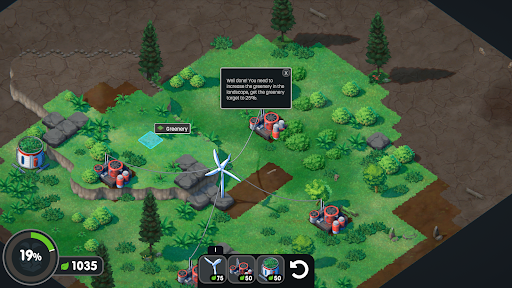
Essentially Terra Nil is about the joy of turning dismal, boring landscape into greenery so gorgeous I can barely tear my eyes from it to make sure I’m ending this sentence properl
Even just in demo form, Terra Nil is an absorbing, pleasingly calming game that got us thinking more about real world irrigation. I would love it if there was a machine like the game’s irrigator which we could switch on that would solve all our environmental problems for us. Then we could close down Climate Replay and I could get back to writing my Succession fan fiction (Logan Roy marries me! It’s disgusting!).
But in real life, irrigation is unfortunately a lot more complicated. It’s great that we have options to grow food even when conditions aren’t optimal. But, of course, humanity has a way of taking our new toys and kind of missing the point. We aren’t great at making sure that we are growing foods that are more appropriate for the climate or having variety that would promote a healthier ecosystem. We are just so OBSESSED with corn…And, as a global community, we’ve been eating more and more meat.
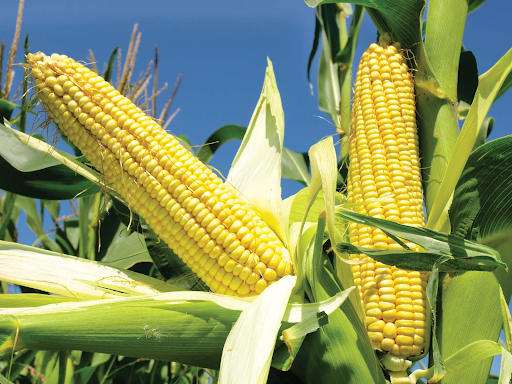
What does this have to do with irrigation? Well, we have to grow more food for the animals to eat, so WE can eat them rather than eating the plants directly. If we ate less meat, this wouldn’t be as big of a problem, but overall the scale is getting out of control and we are running out of land and water to keep this trend up with a growing population. This fun report from the Princeton Environmental Institute explains how increasing reliance on irrigation (vital to meet growing demands in food supply as the world’s population increases) will likely involve “a far greater strain on aquifers, an increased expansion of agriculture into natural ecosystems, and an amplification of climate change through the production and operation of irrigation machinery.”
Irrigation has obvious benefits too, and in no way is Terra Nil suggesting that healing an ecosystem is as simple as right-clicking a machine then right-clicking on a piece of soil then running off to the bar to celebrate solving every problem ever. But it is a more interesting game when it starts introducing machinery which isn’t so utopian, and that instead demands you make trade-offs and take risks. Like the Excavator.
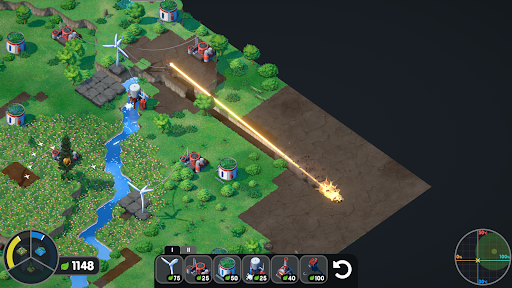
An Excavator can create a new riverbed, which is definitely something you want. However, it will also poison the land around it. Build wisely and the trade-off is worth it, but it’s certainly a risk you have to factor in. Much as I enjoy Terra Nill’s relaxing vibe, with its lovely piano soundtrack and charming art style, I’m still hoping for more tricky choices like this one in the main game. And not just because the laser animation when you use the excavator looks really, really cool and mentally I’m apparently still about five years old.
In the demo alone, healing these wastelands is an addictive delight, like popping the world’s prettiest pile of bubble wrap. Our favorite feature so far is the water pump that fills the riverbeds, initially as dry and depressing as stale crackers, with beautiful blue waters. You enjoy stale crackers? Don’t expect an apology. Seriously, what is wrong with you?

Once you’ve made the land grassy green enough, you can start building machines and placing stuff that increases the biodiversity. Like adding beehives to trees! Oh no. I legitimately have a crippling phobia of bees. I have ruined several picnics through cowardly screaming due to the presence of just a single bee, and I would do it all again. This is pretty unfortunate, considering how crucial bees are for the environment. Nonetheless, when I eventually faced my fears and got my shaking hand to move the mouse far enough to place a beehive in a tree, Terra Nil rewarded me with these:

Honestly, it’s just refreshing to play a game about helping repair an environment rather than blowing one up. And it’s being published by Devolver Digital! Usually I associate Devolver ‘Hotline Miami’ Digital with games so violent that I just broke every bone in my body thinking about them. It’s great to see a publisher like them releasing a green game like this. More of this please!
Why not try the Terra Nil demo yourself by clicking this very sentence and heading to their Steam page? Sounds like more fun than clicking this sentence which won’t take you anywhere. Or clicking this one, which takes you to a photo of a typically scary bee. I genuinely feel horrible after looking up that bee image, so I’m going to lie down now. Bye!

